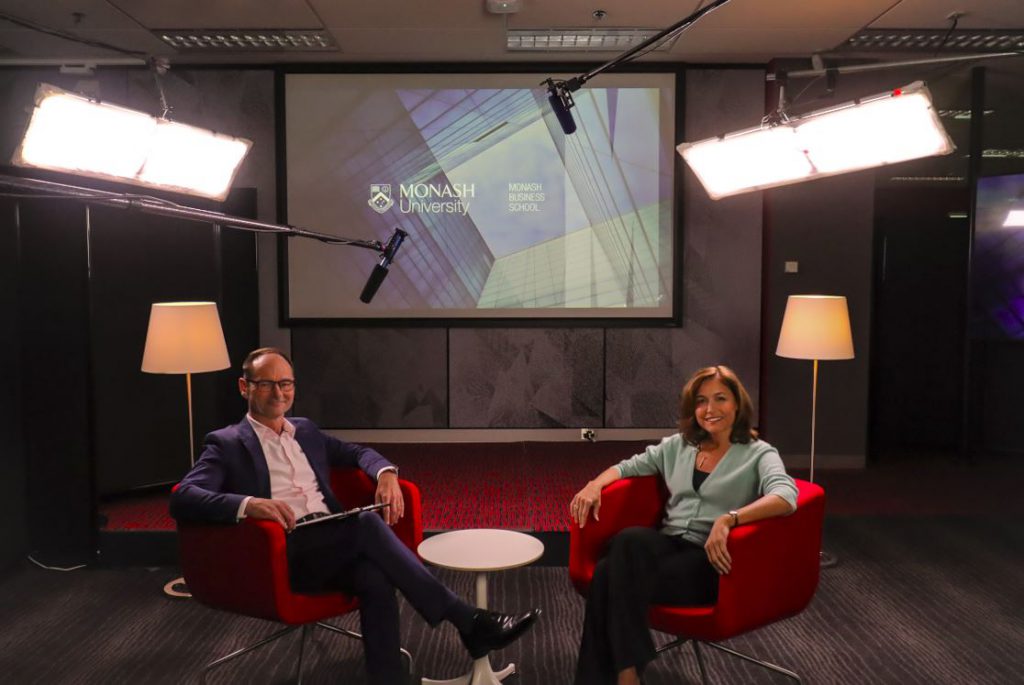
Globalisation is in flux. But the experience of living and working internationally will happen again – and in fact, cultural agility may be even more important post-COVID-19.
With the rise of globalisation, multinational companies have sent executives around the world, working and operating in places often very different from their own.
Increasingly the challenge has been to find those who are able to adapt and successfully work within diverse cultures, yet still manage to achieve strong business results.
But the COVID-19 global pandemic has changed the way we do business.
Airports around the world are abandoned, planes parked in deserts, global travel has ground to a halt.
What does cultural agility look like post the COVID-19 pandemic?
Rise of nationalism
Everywhere it seems, nationalism is on the rise. COVID-19 has caused supply chain interruptions, forcing many businesses to move their production facilities, head offices and employees back home.
But multinational organisations with established businesses in emerging economies will continue to look at ways to help their employees work within the local culture to produce strong results, according to Professor Paula Caligiuri, an expert in the area of cultural agility.
In this episode of Monash Business School video series Impact Exchange, Professor Richard Hall, Deputy Dean, Monash Business School, speaks with Professor Caligiuri, who is the distinguished Professor of International Business Strategy at D’Amore-McKim Business School, Northeastern University in the United States.
She says we will continue to see businesses have a global presence for as long as these organisations want to grow, although this may change over time.
“Even though we are seeing the tug of nationalism, large multinational organisations, continue to expand their global footprint,” she says.
“They might be getting smarter about artificial intelligence or their supply chain and how they leverage their footprint around the world – but in terms of growing their organisations – I’m not seeing that contract.”

Professor Richard Hall with Professor Paula Caligiuri.
Trends in global organisations
As an in-demand consultant in this area – Professor Caligiuri discusses the current trends in cultural agility.
“At the moment, organisations are calling me to assist with virtual global teams – how to we get them to know each other – bonded trusting collaborating – as much as they would with people they see every day,” she says
This issue has escalated under COVID-19 pandemic with many workers around the world now connected through Zoom, Google Hangouts, FaceTime and other virtual meeting technologies.
She says it’s not difficult to be fully virtual and build trust – but it has to be intentional.
“For example, we trust people we know are competent and we trust people who we like. The competence can be we can get there is we know their track record or background. But liking people requires more one-on-one real-time together,” Professor Caligiuri says.
She suggests at the beginning of a Zoom meeting that people share about their weekends – in much the same way we do in an office environment or at the water cooler.
“Most people don’t want to do that – because with the technology they think more in terms of efficiency – but we really need to do this if we are going to build social attachment,” Professor Caligiuri says.
A culture-filled career
From very early in her career, Professor Caligiuri wanted to understand what makes people effective living and studying internationally and how they change from these experiences.
“When you have an opportunity to interact with people from the culture and really get to know people one-on-one in a very personal way and understand how you are seen in the eyes of that culture, you grow and develop,” she says.
“It happens today that too many companies think they can put people in another country and fairy dust falls on them and they become culturally agile.”
Although she admits it natural to want to ‘gravitate towards the expat community’ and have a ‘culturally sheltered’ existence.
“That’s natural when every we under stress we cling to what is familiar. But then we don’t develop.”
So, what makes for a successful cultural adjustment?
Professor Caligiuri says that one of the most pertinent lessons she has learned from the research is that success can happen when companies set up some sort of ‘buddy program’ to help and informally coach the person going into the new culture.
“If someone has the humility to say – ‘I don’t know how it happens here in this country – I could be good at my job, but I don’t know how to do that here’,” she says, “Then that’s when people start to develop.”

Personal traits that help cultural agility
Professor Caligiuri explains she often fields questions about training versus selection – firms offer training, but only about 20 per cent are actually selecting people for international assignments.
“If you are going to spend money then spend it on selection, because if you select people who have a high tolerance for ambiguity, high resilience, high level of curiosity and humility – if you find those individuals they will be effective almost anywhere,” she says.
In the discussion with Impact Exchange, Professor Hall wonders if there might be some type of predisposition of cosmopolitanism that makes people more curious and allows them to adapt to other cultures.
“It works really well with C-suite executives, but the second they start to drop into a role where local knowledge is critical, like government relations or sales marketing, all of a sudden cosmopolitanism wears thin,” Professor Caligiuri says.
What exactly is cultural agility?
People who are culturally agile have an awareness that there are cultural differences and the proclivities attached to that – but what does it mean to be culturally agile?
Culturally agile professionals, they know how to respond to cultural differences. The reason we call it agility, she says, is because there are really three responses people can have:
- Cultural minimisation – ‘I know this is going to be a cultural difference but because of our safety ethics production schedule, we are going to have to do things a certain way that is counter-cultural.’
- Adaptation – ‘I will behave in a way that you are expecting me to behave.’ We see this in government relations, marketing and advertising – that’s a full adaptation to the culture.
- Integration – ‘What we find here is that it’s not going to be my way or your way we are going to work together to create a new group of cultural norms that fit our group’.
“What we find with culturally agile individuals, is that they know when to adapt, when to minimise and when to integrate,” she says.
When cultures are similar
What about moving to another country to work, when cultures are similar? Can there be a trap in thinking the culture is not all that different?
Professor Caligiuri’s research revealed that in fact white English-speaking workers who travel to a country with a similar culture experienced the greatest adjustment challenges.
“That’s because they weren’t expecting it to be different, they were expecting it to be easy – and next thing you know they are finding it quite challenging,” she says.
“But (for) the Anglos going to non-Anglo cultures, they knew it was going to be challenging, so they were more willing to ask asking lots of questions about the best way to do things.”


